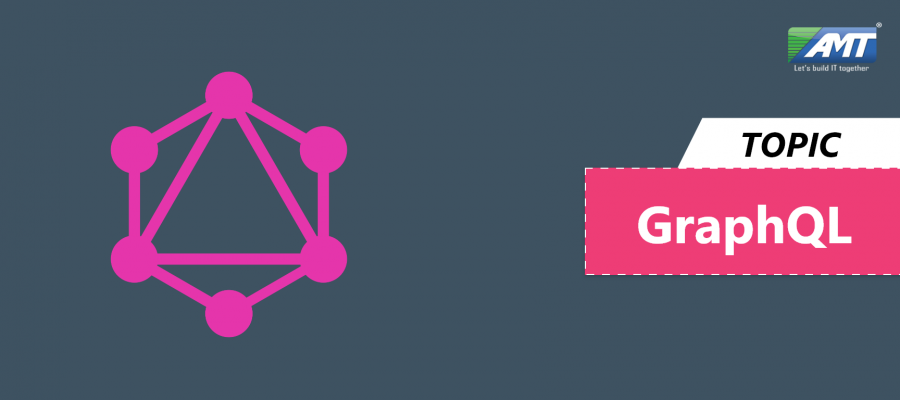GraphQL is an open-source data query and manipulation language for APIs, and a runtime for fulfilling queries with existing data. GraphQL was developed internally by Facebook in 2012 before being publicly released in 2015. On 7 November 2018, the GraphQL project was moved from Facebook to the newly-established GraphQL Foundation, hosted by the non-profit Linux Foundation. Since 2012, GraphQL’s rise has followed the adoption timeline as set out by Lee Byron, GraphQL’s creator, with accuracy. Byron’s goal is to make GraphQL omnipresent across web platforms.
The term Web service (WS) is either:
- a service offered by an electronic device to another electronic device, communicating with each other via the World Wide Web, or
- a server running on a computer device, listening for requests at a particular port over a network, serving web documents (HTML, JSON, XML, images), and creating web applications services, which serve in solving specific domain problems over the Web (WWW, Internet, HTTP)
In a Web service a Web technology such as HTTP is used for transferring machine-readable file formats such as XML and JSON.
In practice, a Web service commonly provides an object-oriented Web-based interface to a database server, utilized for example by another Web server, or by a mobile app, that provides a user interface to the end-user. Many organizations that provide data in formatted HTML pages will also provide that data on their server as XML or JSON, often through a Web service to allow syndication, for example, Wikipedia’s Export. Another application offered to the end-user may be a mashup, where a Web server consumes several Web services at different machines and compiles the content into one user interface.
An application programming interface (API) is a computing interface which defines interactions between multiple software intermediaries. It defines the kinds of calls or requests that can be made, how to make them, the data formats that should be used, the conventions to follow, etc. It can also provide extension mechanisms so that users can extend existing functionality in various ways and to varying degrees. An API can be entirely custom, specific to a component, or it can be designed based on an industry-standard to ensure interoperability. Through information hiding, APIs enable modular programming, which allows users to use the interface independently of the implementation.
In building applications, an API (application programming interface) simplifies programming by abstracting the underlying implementation and only exposing objects or actions the developer needs. While a graphical interface for an email client might provide a user with a button that performs all the steps for fetching and highlighting new emails, an API for file input/output might give the developer a function that copies a file from one location to another without requiring that the developer understand the file system operations occurring behind the scenes.
It provides an approach to developing web APIs and has been compared and contrasted with REST and other web service architectures. It allows clients to define the structure of the data required, and the same structure of the data is returned from the server, therefore preventing excessively large amounts of data from being returned, but this has implications for how effective web caching of query results can be. The flexibility and richness of the query language also adds complexity that may not be worthwhile for simple APIs. It consists of a type system, query language and execution semantics, static validation, and type introspection.
A Web cache (or HTTP cache) is an information technology for the temporary storage (caching) of Web documents, such as Web pages, images, and other types of Web multimedia, to reduce server lag. A Web cache system stores copies of documents passing through it; subsequent requests may be satisfied from the cache if certain conditions are met. A Web cache system can refer either to an appliance or to a computer program.
GraphQL supports reading, writing (mutating), and subscribing to changes to data (realtime updates – most commonly implemented using WebHooks). GraphQL servers are available for multiple languages, including Haskell, JavaScript, Perl, Python, Ruby, Java, C++, C#, Scala, Go, Rust, Elixir, Erlang, PHP, R, and Clojure.
The above is a brief about GraphQL. Watch this space for more updates on the latest trends in Technology.
